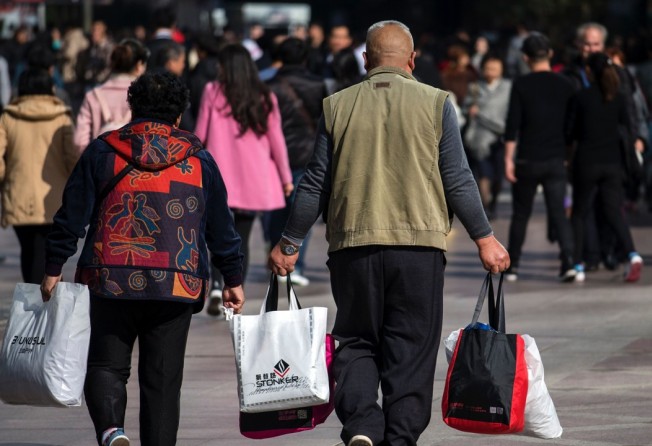Between the market and the party, are China’s reforms moving in the right direction?
Michael Clauss says concerns about increasing Communist Party influence over state-owned enterprises, despite hopes of further liberalisation, raise questions about decision-making, bottom lines and stakeholders’ roles

Reform of state-owned enterprises has been key in China’s continuing transformation from a command to a market economy. The country’s leadership has, incrementally, reduced the overall share of SOEs in the economy, created space for private Chinese and foreign enterprises, and made SOEs more productive by exposing them to market forces. Gradually, the government and party pulled out of board rooms, giving way to a market-based development. Banks, for instance, could give loans based on the creditworthiness of a lender and not on political targets. These policy choices played a central role in the meteoric rise of China’s economy. Chinese entrepreneurship has blossomed, producing global leaders in sectors such as IT and e-commerce.
In 2013, ambitious policy documents promised another leap forward in this process. New reform plans gave rise to the hope that more SOEs would be deleveraged, privatised or turned into regular market actors. However, an increasing number of observers are beginning to worry about the direction current reforms have taken. Instead of bolstering efficiency and productivity of SOEs, mega mergers and private money are supposed to stem the tide of red ink, with SOEs holding some two-thirds of corporate debt. Particularly worrisome is the verve with which the Communist Party seeks to fortify its primacy.
Print option is available for subscribers only.
SUBSCRIBE NOW